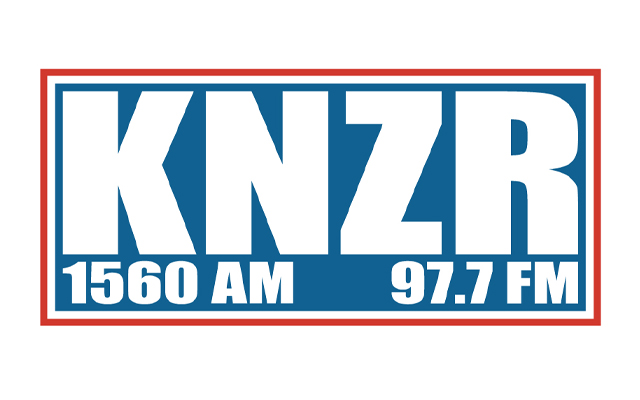Thanksgiving Holiday Could Be Deadly

New data has revealed that Thanksgiving is the deadliest US holiday for drivers, as it sees the biggest uptick in on-the-day traffic fatalities
According to data from the NHTSA, fatal vehicle crashes are 272% higher on Thanksgiving than they are throughout the rest of November
While Thanksgiving is the most dangerous for drivers, Halloween is the safest, which is good news for those commuting to events this October
A spokesperson and law expert at John Fitch encourages drivers to always prioritize road safety – even if they’re rushing home for the holidays
A new study has revealed which US holidays are the most dangerous for drivers, based on reported road fatalities – and it turns out Thanksgiving is the deadliest.
The research, compiled by Ohio personal injury laywer John Fitch, analyzed National Highway Traffic Safety Administration (NHTSA) data on fatal motor vehicle crashes reported on major US holidays to identify which are the most dangerous for drivers.
Drivers may want to think twice before taking to the road on Thanksgiving, as the holiday sees the highest increase in road fatalities compared to any other event in the US.
An average 405 fatal crashes occur on the national holiday each year – which is almost three times the daily average for November (109).
This is a substantially higher rise than seen across US holidays generally, as the typical increase is 140% between the day of the event and an average day in the same month.
While it’s not clear what the exact reason for this increase is, it could be that ‘Blackout Wednesday’ – otherwise known as Drinksgiving, plays a role in increasing the danger for drivers.
And even for those who aren’t partaking in the alcohol-heavy event, they could still be affected by the after-effects of celebrating with their family, such as feeling tired, sluggish, or run down.
With findings from the National Safety Council revealing that driving without sleep for a consecutive 20 hours is just as dangerous as driving with a blood concentration of 0.08% (the US legal limit), it makes sense that celebratory holiday days pose a higher risk on the road.
Following behind Thanksgiving as the second-deadliest holiday for drivers is Memorial Day, which sees on-the-day fatalities up by 259% compared to the rest of May. In third is the Fourth of July with an increase of 227% – which is almost a fifth (18%) lower than Thanksgiving’s rise.
Fatalities reported on major holidays, compared to monthly averages
On the other end of the scale, the holidays that proved the least hazardous for drivers are Halloween and New Year’s Eve.
In fact, drivers may want to travel on these days compared to any other time in October and December, as both see a decrease in fatal crashes on the day versus throughout the month.
In the run-up to the spookiest day of the year, the average daily fatalities are 116, while Halloween itself only sees 105 – a 9% drop perhaps caused by people walking while trick or treating.
New Year’s Eve brings an even more significant decrease of 16% down to 87, against December’s average daily figure of 103 – likely as everyone is busy attending parties.
This is in sharp contrast to New Year’s Day which sees a rise in on-the-day fatalities, increasing by 19% to 108 from the 91 typical of a day in January, suggesting the aftermath of New Year’s Eve celebrations are more dangerous than celebrating the event itself.
Commenting on the findings, a John Fitch spokesperson says: “It’s a well-known fact people travel to spend time with their friends and family on holidays, so, naturally, there’s going to be more traffic on the roads in the run up to a major event like Christmas or Halloween.
“With increased traffic comes increased risk – particularly for celebrations that can run quite late, like on New Year’s Day, as people are likely to be tired from the night before and therefore may struggle to concentrate as well as they would do normally.
“If you plan to travel, you need to be conscious of your condition and consider your safety on the road. Ask yourself, are you okay to be driving? Have you slept enough? Will the alcohol be out of your system? Only when the answer is yes to all of those is it safe to drive.”



